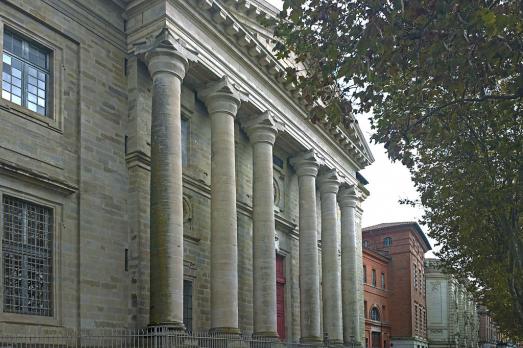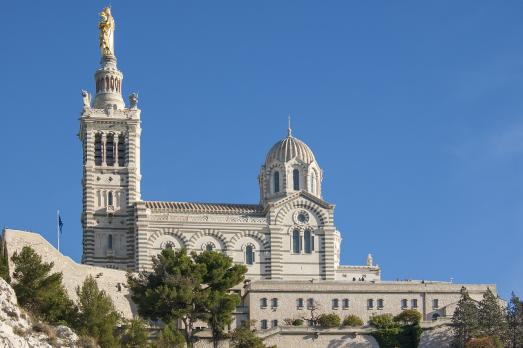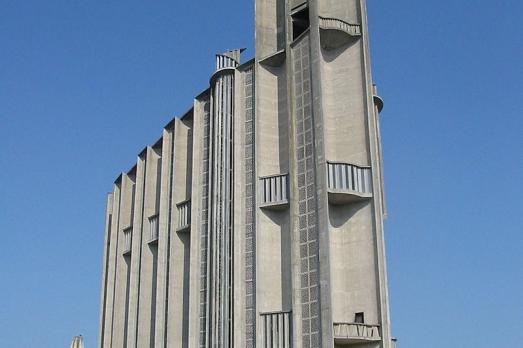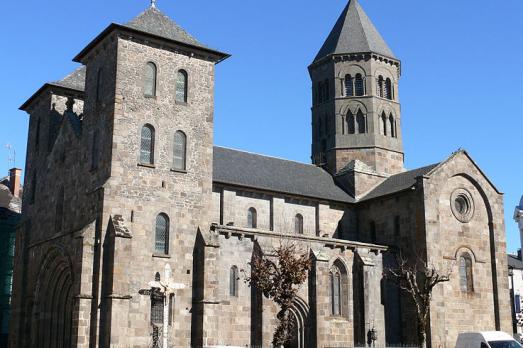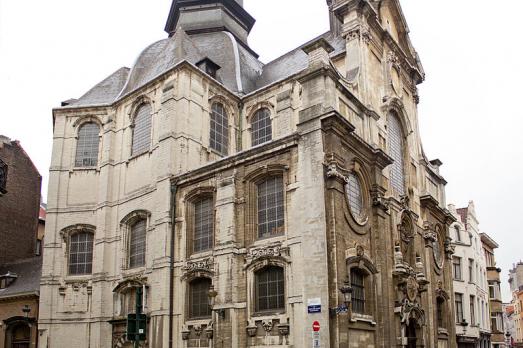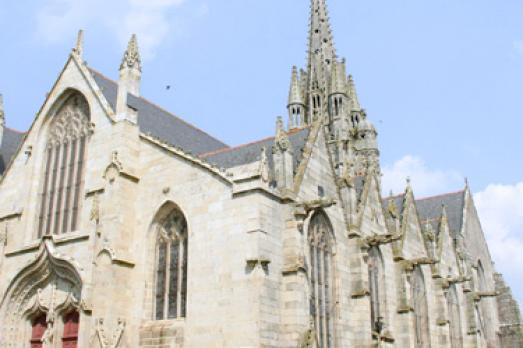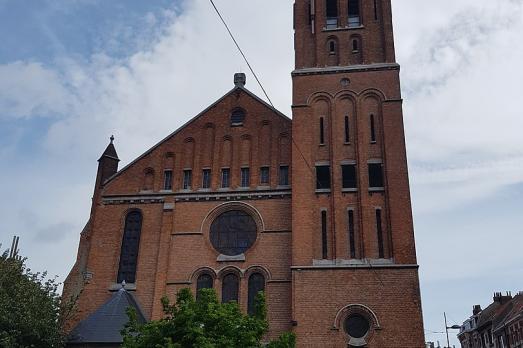
Notre-Dame de Buglose Basilica
Saint-Vincent-de-Paul, FR
The sanctuary of Notre-Dame de Buglose was built from 1850 to 1865 in the commune of Saint-Vincent-de-Paul, which was called Pouy until 1828 before being renamed in honour of Vincent de Paul, a native of the area (at the Ranquines farm) in 1581. The basilica now houses the famous statue of which it is a showcase for Marian devotion. Another particularity, the carillon, one of the most beautiful in France, consists of 60 bells. In reality forty bells are used, the others have been silenced to give more homogeneity to the sound.
